The famous English writer and critic, Samuel Johnson, once said: ‘If you are tired of London, you are tired of life, for there is in London all that life can afford.’ After the immense privilege of attending the inaugural Alliance for Responsible Citizenship Conference, I decided it was time to have a look around London, notwithstanding the gloomy weather that had lasted the entire week.
The first stop is naturally Parliament Square. After waiting for Big Ben to ring out the hour, I head over to Westminster Abbey. One of the many statues there honouring the great figures in British history is William Wilberforce. He was a leading member of the Abolitionist Movement, a small group that banded together in the late eighteenth century and decided that the principle of the inherent dignity of each human being meant that it was not permissible for fellow human beings to be bought and sold as chattels. Slavery had to be ended.
Wilberforce was ably assisted in his endeavour by several others, including Josiah Wedgewood, who coined what these days would be called a slogan: ‘Am I not a man and a brother?’ Wilberforce’s friendship with the Prime Minister of the time, William Pitt, was crucial.
However, slavery was not ended overnight. It took a generation. Through all the obstacles, Wilberforce and his band of abolitionists remained faithful and steadfast. Memo to all those tearing down statues and critical race theory fanatics: slavery was not ended by identity politics, but by Christian white men.
Most people who go to London will go to Knightsbridge and spend some time, and probably money, at Harrods. This part of town is also home to three other buildings, the Natural History Museum, the Victoria and Albert Museum and Brompton Oratory.
Each in their own way these buildings demonstrate the extraordinary power of the individual leading to prosperity and human flourishing.
The Natural History Museum is home to life and earth science specimens comprising some 80 million items within its five main collections. Known also as a cathedral of nature, it is recognised as the pre-eminent centre of natural history and research of related fields in the world.
The Victoria and Albert Museum’s 145 galleries contain a collection spanning 5,000 years of art from ancient times to the present day. Its collection of Italian Renaissance sculptures is the largest outside Italy. Opened by Queen Victoria in 1857, thanks to the use of gas for light, it opened its doors at night the following year so as, in the words of its first director, Henry Cole, ‘To ascertain practically what hours are most convenient to the working classes.’
Brompton Oratory is one of the most beautiful churches in Britain. Built-in the 1880s, it was founded on the Italian idea of the oratorio (oratory) as a place for children – mainly boys – to learn and thrive, rather than fall into disillusion, crime and despair. Founded by St John Henry Newman and Fr Wilfrid Faber, two of the most famous converts from Anglicanism, the church is also a potent symbol of the Catholic revival that took place in England in the late 19th and early 20th Century after nearly 400 years of (often bloody) sectarianism.
Servicemen and women are in tube stations and on street corners, selling poppy pins. In many places they are accompanied by military brass bands, or bagpipes. It is just on a week before Remembrance Day. I take a walk down Whitehall, where at the Cenotaph at 11:00am on November 11, at the time and on the anniversary of the Armistice of 1918, wreaths will be laid to commemorate the many thousands who in the Great War, and in every conflict since then, made the supreme sacrifice to defend the ideals that made Britain – and by extension Australia – two of the most prosperous, tolerant nations on the planet.
What made so many men and women, from all walks of life and from all backgrounds, Catholic and Protestant, Jew and Gentile, or of no faith, decide these ideals were worth fighting for? To take up, as Jordan Peterson put it, the burdens of responsibility, to create a future that is an alternative to the notion that might is right, to believe in the inherent dignity of each human being, so that each one can flourish and achieve, to have the faith and courage of Wilberforce and his fellow abolitionists to make a difference. Those fallen soldiers might not have lived to see the difference, but they were determined that their children should see it and enjoy freedom and prosperity.
Heading towards the Cenotaph there are numerous statues. I stop at two in particular: William Slim and Bernard Montgomery. Against all the odds, they led their troops to famous victories – Slim in Burma with the ‘Forgotten Army’ as it became known, and ‘Monty’ at El Alamein with the Eighth Army, which helped change the course of the second world war. Both had an excellent rapport with their men. Slim himself later wrote: ‘I was, like other generals before me, to be saved … by the resourcefulness and the stubborn valour of my troops.’
In an age where we find ourselves, in Peterson’s words, in a Culture War which is a psychological and social minefield, where there is an absence of leaders such as Wilberforce, Slim, and Montgomery, where our parliaments and boardrooms are – with some obvious exceptions – filled with cowards and Quislings, I suggest that our thoughts this Remembrance Day should be, not only as per normal, of gratitude to those who laid down their lives to defend freedom, but also to a stirring within us, just as they had, to join the fight, each in our own way, with renewed determination, to rebuild a society based on the values we cherish, to bring flourishing and prosperity to our homes and communities. Returning to Parliament Square, I see Churchill’s statue and am reminded of one of his most famous quotes: ‘Success is not final, failure is not fatal: it is the courage to continue that counts.’
Lest we forget.
Got something to add? Join the discussion and comment below.
Get 10 issues for just $10
Subscribe to The Spectator Australia today for the next 10 magazine issues, plus full online access, for just $10.

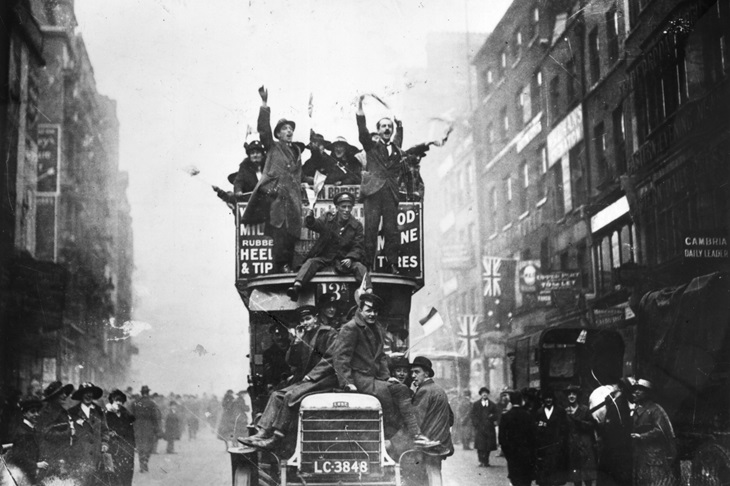
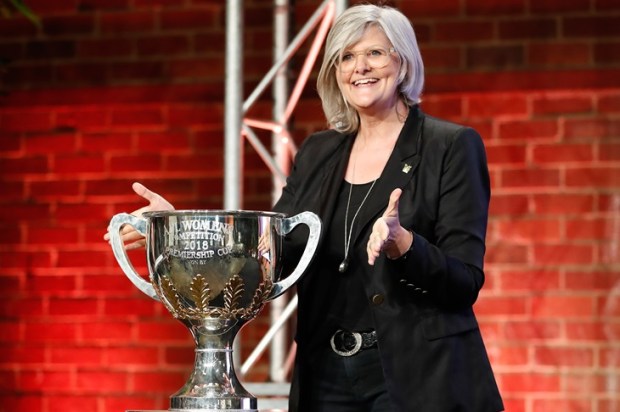
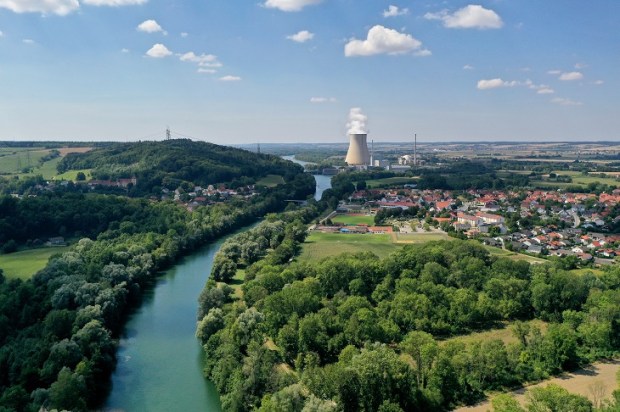

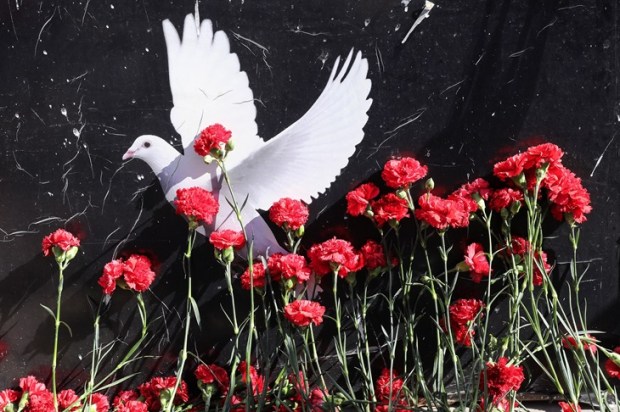
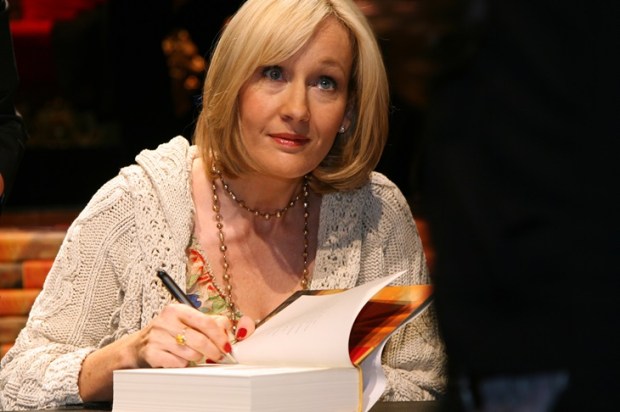
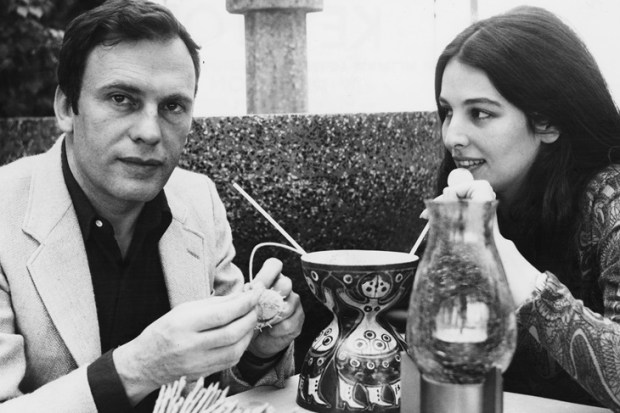


















Comments
Don't miss out
Join the conversation with other Spectator Australia readers. Subscribe to leave a comment.
SUBSCRIBEAlready a subscriber? Log in